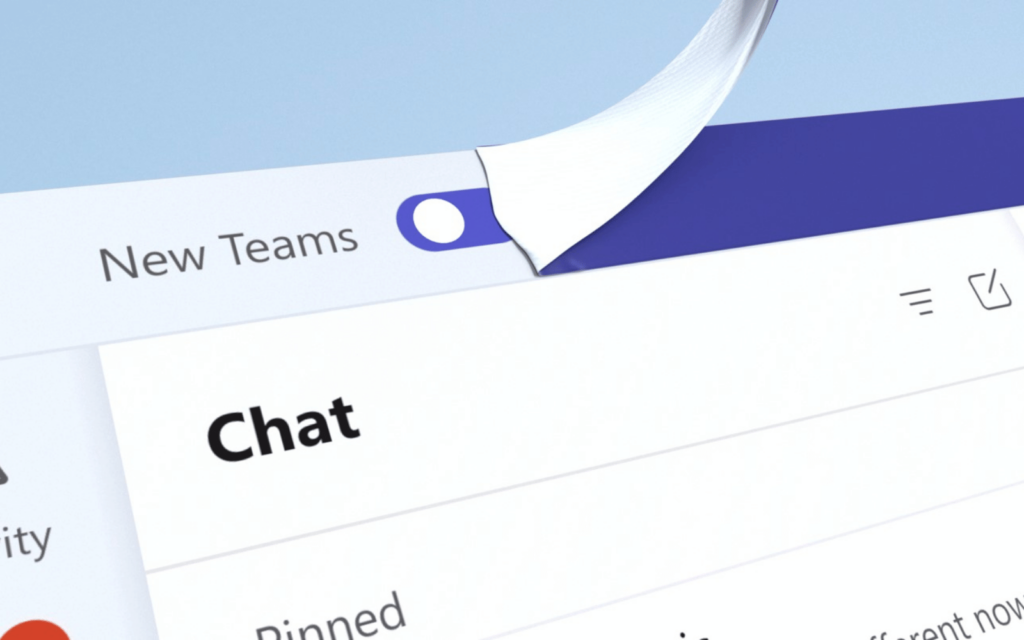Often derided during the Covid pandemic, Microsoft’s Teams app has been rebuilt, it says, to be faster, use less memory and, well, be a whole lot less sucky. Okay, it didn’t say all of that. We added that last bit. But for the most part, it seems an apt description of the Teams revamp. Any troubles you may have with the app can now be solved with a simple Panado, rather than a trip to the emergency room.
You can’t spell Teams without AI
Microsoft claims Teams has been rebuilt from the ground up. It’s been “built on a foundation of speed, performance, flexibility, and intelligence…” Specifically, these foundations provide a performance boost that’s twice as fast as before, simultaneously using 50% less memory to get it there. A refreshed UI should help keep track of everything, too. And finally, because it wouldn’t be a tech article in 2023 without the mention of AI – the new Teams sets the stage for Microsoft Copilot, announced earlier this month.
In terms of speed, Microsoft isn’t lying about making Teams twice as fast as the original build. In the announcement, Microsoft pits the original build against the new build. From completely closed, new Teams took 9.1 seconds to completely open, while old Teams took 22.2 seconds. We also got a peek at improved scrolling, switching, and join load times – all of which managed to work twice as fast as before.
Read More: Do conferencing apps need generative AI? Zoom and OpenAI seem to think they do
AI, in the form of the newly announced Copilot, hasn’t yet made its way into the new Teams preview. But it’s coming. Soon. And once they’re integrated, Copilot will be able to catch users up on missed meetings or chats. Hey! That sounds familiar.
And finally, users that span multiple organisations and accounts will no longer need to do so. Anyone with multiple accounts no longer needs to log in-and-out every five minutes. Now they can all stay signed in at once, receiving notifications, chats, and meetings in one place.
The new Teams isn’t just available to every pleb with an internet connection. Only Windows users that aren’t fussed about using an unfinished build can download the new preview. They’ll still need an admin (also using a Windows device) to grant them access, however. The rest of us will wait until Microsoft deems a full release necessary. We know it’s coming in 2023. Beyond that, we’d only be guessing. Interested admins can learn how to do so right here.




